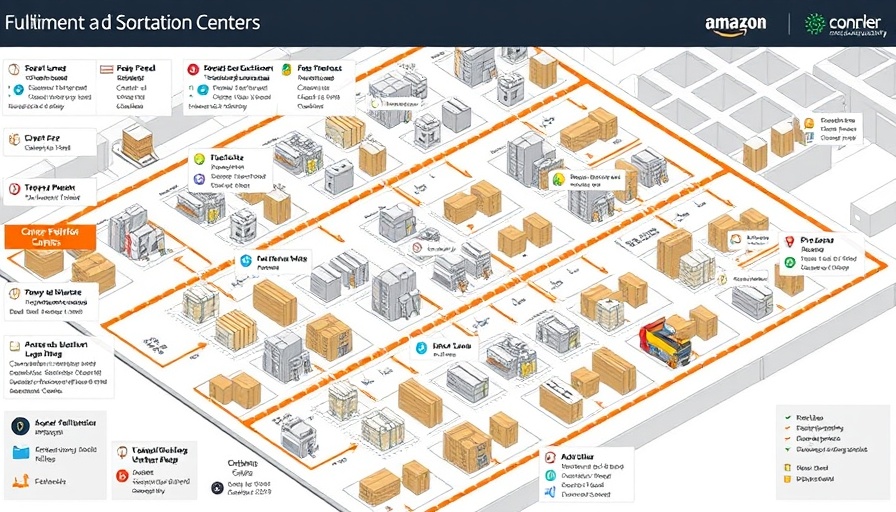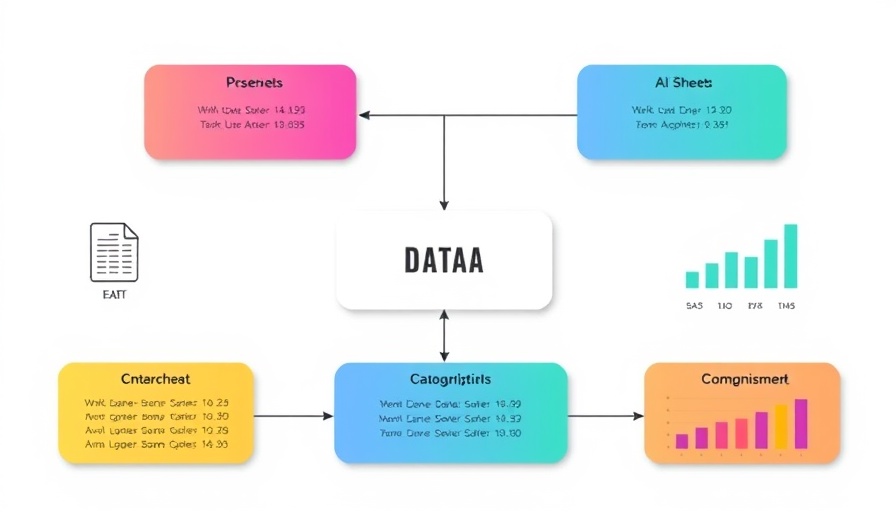
Unlocking the Power of AI: A Beginner's Guide to Google Gen AI Python SDK
The landscape of content creation is evolving, and small to medium businesses (SMBs) stand to gain immensely from leveraging advances in technology. Google’s Gen AI Python SDK is one such tool that can revolutionize how SMBs create and manage content through generative AI models. This guide will take you through the essentials of this innovative tool, highlighting key components and practical applications.
What is the Google Gen AI Python SDK?
The Google Gen AI Python SDK is a gateway for developers to integrate Google’s advanced generative AI models directly into their Python applications. Unlike traditional programming approaches that require extensive coding knowledge, this SDK simplifies the interaction with the Gemini Developer API and Vertex AI APIs, enabling easier development of diverse applications such as chatbots and creative content generators.
Installing the Google Gen AI Python SDK
To get started with the SDK, you need to install it in your Python environment. Following a straightforward installation process ensures that you have immediate access to the functionalities it provides. Here’s a quick guide on how to get set up:
- Use the pip command to install:
pip install google-gen-ai - Make sure your Python version is compatible with the SDK (Python 3.7 or higher is generally recommended).
- Confirm your installation by importing the SDK in your script.
Use Cases for Small and Medium Businesses
Understanding how to utilize the Google Gen AI Python SDK suggests that small and medium businesses can adopt several innovative approaches:
- Content Generation: Businesses can streamline their content creation process to build social media posts, blogs, or marketing materials. This not only saves time but also enhances creativity.
- Customer Interactions: By creating chatbots using the SDK, SMBs can provide customer support 24/7, answering queries efficiently and improving user satisfaction.
- Marketing Campaigns: The SDK enables the generation of personalized marketing content based on user data, which can lead to more effective outreach strategies.
Advanced Features: Multimedia Support and Asynchronous Operations
Beyond basic functionalities, the Google Gen AI Python SDK offers several advanced features that enhance its usability:
- Multimedia Support: Users can generate not just text but also images and videos, allowing businesses to create engaging multimedia content effortlessly.
- Asynchronous Support: This feature allows developers to handle multiple requests simultaneously, thereby improving application performance, especially during high-demand periods.
Real-World Examples: SMB Success Stories
Real-life applications of the Google Gen AI SDK can be incredibly motivating. Imagine a local bakery that uses the SDK to create engaging social media posts showcasing their new products. Not only does this save hours of planning, but it also enhances the visibility of their brand online, drawing in customers who may not have known about them otherwise.
Another example could be a small e-commerce site using chatbots powered by generative AI to field customer inquiries after hours, ensuring that users never feel neglected.
Moving Forward: The Future of AI in Business
As we look ahead, the integration of AI tools like the Google Gen AI Python SDK is likely to become indispensable for businesses of all sizes. For small and medium enterprises, these technologies not only streamline operations but also provide a competitive edge in a rapidly evolving market.
This emerging landscape also highlights the importance of continuous learning and adaptation within businesses. To stay ahead, SMBs must explore these tools and consider integrating them into their operations.
Conclusion: Embrace the Change
In conclusion, the Google Gen AI Python SDK represents an excellent opportunity for small and medium businesses to harness the potential of AI in their operations. By adopting this technology, companies can enhance their content creation, improve customer interactions, and ultimately drive growth. Start exploring the possibilities today, and see how AI can transform your business!
 Add Row
Add Row  Add
Add 



Write A Comment